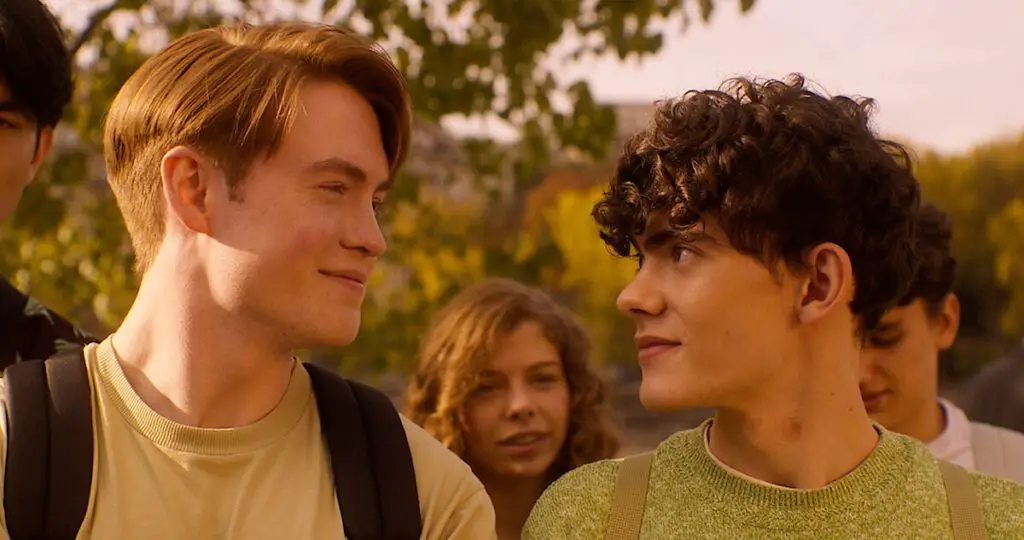“Heartstopper,” a British comedy-drama television series, has captured the hearts of audiences worldwide. Originating from Alice Oseman’s graphic novel series, the show offers a refreshingly genuine portrayal of queer youth navigating the complexities of love, identity, and the challenges of adolescence.
Charlie Spring, the only openly gay student at Truham Grammar School, initially endures a secret relationship with a local bully. However, the arrival of Nick Nelson, a popular rugby player, sparks an unexpected friendship that blossoms into a deeper connection. As they navigate their feelings, the show delves into the realities of coming out and the societal pressures faced by young LGBTQ+ individuals .
Despite occasional cliches and rushed moments, “Heartstopper” excels in its faithful adaptation of the graphic novels. It conveys the story’s essence through carefully curated scenes and dialogue, resonating with both newcomers and fans of the original series.
The series also excels in depicting the experiences of other characters, such as Elle Argent and Darcy Jones, who confront the challenges of transitioning and coming out. Their stories highlight the harsh reality of judgment and lack of empathy often faced by LGBTQ+ youth.
“Heartstopper” is not just a show about queer romance; it’s an exploration of finding joy and acceptance in one’s true self, depicted through scenes of youthful innocence and joy. It’s a reminder of the magic in our own lives, making it a must-watch for fans of heartfelt storytelling.
Tackling Teenage Turbulence with Tenderness: The Continuing Appeal of Heartstopper

As “Heartstopper” progresses, it remains focused on its core themes of inclusivity and diversity, avoiding the sensationalism common in other teen dramas. Set in a vibrant, non-urban setting, the series continues to be lauded for its sincere portrayal of themes often overlooked in teen romances.
The second season of “Heartstopper” seamlessly continues the story of Charlie and Nick, alongside their friends, facing new challenges such as exams and relationship dynamics. Despite criticisms of its execution, the series maintains its charm and relevance, especially for its intended audience. It continues to be a beacon of hope and affirmation for disenfranchised teens, offering a narrative that’s both engaging and impactful.
In conclusion, “Heartstopper” stands out as a poignant and necessary addition to the landscape of teen dramas. Its commitment to authentically representing the queer experience, combined with its tender portrayal of adolescence, makes it a series that not only entertains but also enlightens and empowers its viewers. Whether you’re looking for a heartwarming story of love and friendship or seeking representation that resonates with real-world experiences, “Heartstopper” is a series that deserves your attention.


